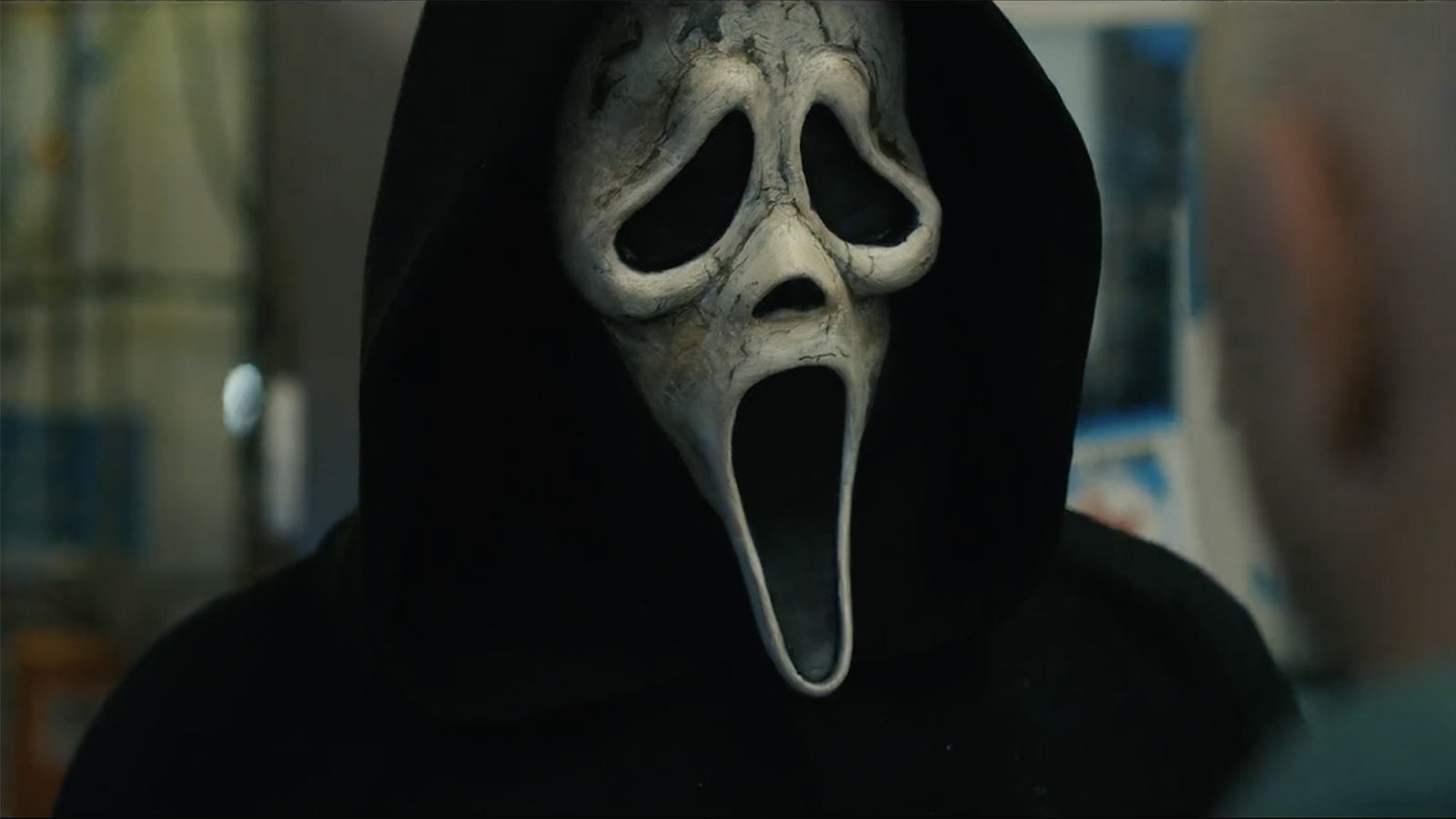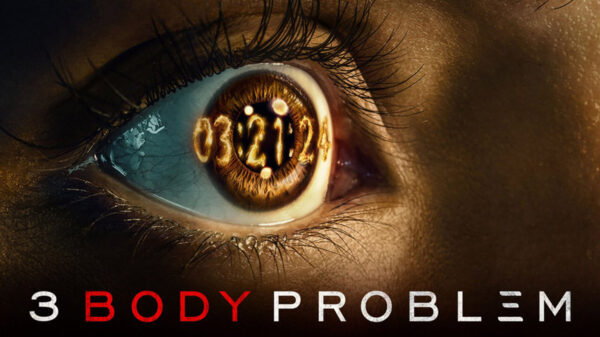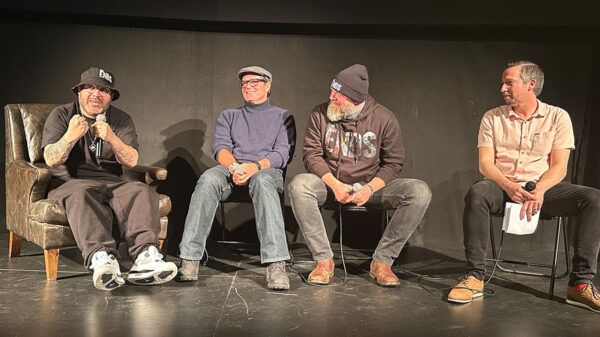The pandemic changed our perception of space so that places we usually take for granted suddenly fell under heavy scrutiny. Seeing the world from six feet of enforced social distancing, restrictions, closures and hygiene protocols redefined our daily haunts.
Horror is a genre of extrapolation in which potential danger becomes certain death; it feeds and gets fat on worst-case scenarios. As film commentators have noted, the pandemic is making its own mark on horror.
Two recent high-profile horror movie releases in particular, Scream 6 and Evil Dead Rise, show filmmakers wrestling with space and what it means to share it. With people. With exterior forces trying to find a way inside. With a relentless killer.
The suffocating city
The trailer for the newest instalment in the Scream series (Scream 6, released in March 2023) opens in a supermarket and closes in a subway train, two interiors the pandemic completely changed. Add to this the cramped, sweaty apartments and the even sweatier crowded frat parties that appear in the film itself, and Scream 6 is a movie rife with the big city hyper-claustrophobia many felt with COVID-19.
April 2023 saw the release of a sweatier — and significantly bloodier — horror movie: Evil Dead Rise. Evil Dead mirrors Scream 6‘s confined spaces and perspiring bodies and adds a dash of suffocating isolation, the whole film taking place in a decrepit, soon-to-be demolished apartment building. As Evil Dead Rise director Lee Cronin told Far Out Magazine:
“I wrote the film during the first wave of Covid-19 when the entire world was locked in their homes, with an evil force outside the door. We didn’t know what this thing was, so I spent a lot of time just looking at the trappings of everyday life.”
Confined spaces
In Evil Dead Rise, the parking garage in the basement offers only the tenuous promise of exit.
Where in Scream even a rickety ladder suspended across a drop of certain death seems preferable to the risk of further confinement, for the family in Evil Dead Rise their building plays host to their entire lives — just as apartment buildings seemed sites of solitary imprisonment for many during those two long pandemic years.
Evil Dead also makes handy (and terrifying) use one of the most hyper-claustrophobic pandemic spaces of all: the elevator.
Moving up to the city
The franchises have only this year made the switch to city life. With the exception of Army of Darkness, the Evil Dead movies have always taken place in remote forest cabins with routes to civilization severed.
Meanwhile, Scream has been so tightly bound up with the fictional Woodsboro that its satirically quaint depiction of small town American life is arguably part of its DNA.
Modern Hollywood cinema panders first and foremost to the nostalgic. Yet in the aftermath of the pandemic, the creators of Scream 6 switched little old Woodsboro for New York City, and their counterparts on Evil Dead Rise traded its idyllic, if sometimes murderous, forests for Los Angeles (though Cronin has described the featured Los Angeles apartment as a cabin in all but name and decor).
For many, living in a big city during the pandemic was a horror movie, especially for people with limited means who had no choice but to stay put and manage.
These demographics include racialized communities more likely to experience inequitable living and working conditions, the working class and parents in precarious living situations.
In the pandemic, people in cities who had nowhere else to go were left with a script of uncertainty, scored with sirens in the night and phantom coughs on the wind.
In the wake of such experiences, Evil Dead shows struggles of Ellie (Alyssa Sutherland), a single parent of three, while the protagonist of Scream, Sam, (Melissa Barrera), works at two jobs to make ends meet.
Killer without a face
What might be a logical post-pandemic movie pitch? Perhaps: a horror movie where the killer has no identity and no intent. The Ghostface mask in Scream keeps the killer anonymous, while the evil presence summoned by the demonic book in Evil Dead chooses its victim at random. Being in the wrong place at the wrong time is deadly.
In horror films, safety can often be found in numbers, but here crowds are no protection. In Scream 6, a full subway train is a bloodbath waiting to happen, and in a busy supermarket no one is safe. In Evil Dead, even small groups present endless danger; just when you feel certain that the cackling laughter of an undead enemy has been ended for good, along comes a second wave, and a third, perhaps even another host: a variant.
Unsafe intimacy
In Evil Dead Rise, family members are no more trustworthy than the strangers on the street. Family is all the more complicated with the inclusion of children and the comforting lies their equally terrified parents must continue to tell them.
Evil Dead‘s director brings forward the uneasy parental relationship of his debut feature, The Hole in the Ground (2019), to create a portrait of a mother pushed to the edge. And then pushed over it.
In these films the façade of city safety is sliced open so that the rotting insides leak out. What better reason for a rural horror to make its first trip to the big city?
Written by Chris Corker, PhD Student, Humanities, York University, Canada
This article is republished from The Conversation under a Creative Commons license. Read the original article.
![]()
5 Ways to Support HipHopCanada:
- Submit Your Music
- Follow Canadian Fresh (HipHopCanada’s Spotify Playlist)
- Follow us on Instagram
- Follow us on X (Twitter)
- Like us on Facebook


















































